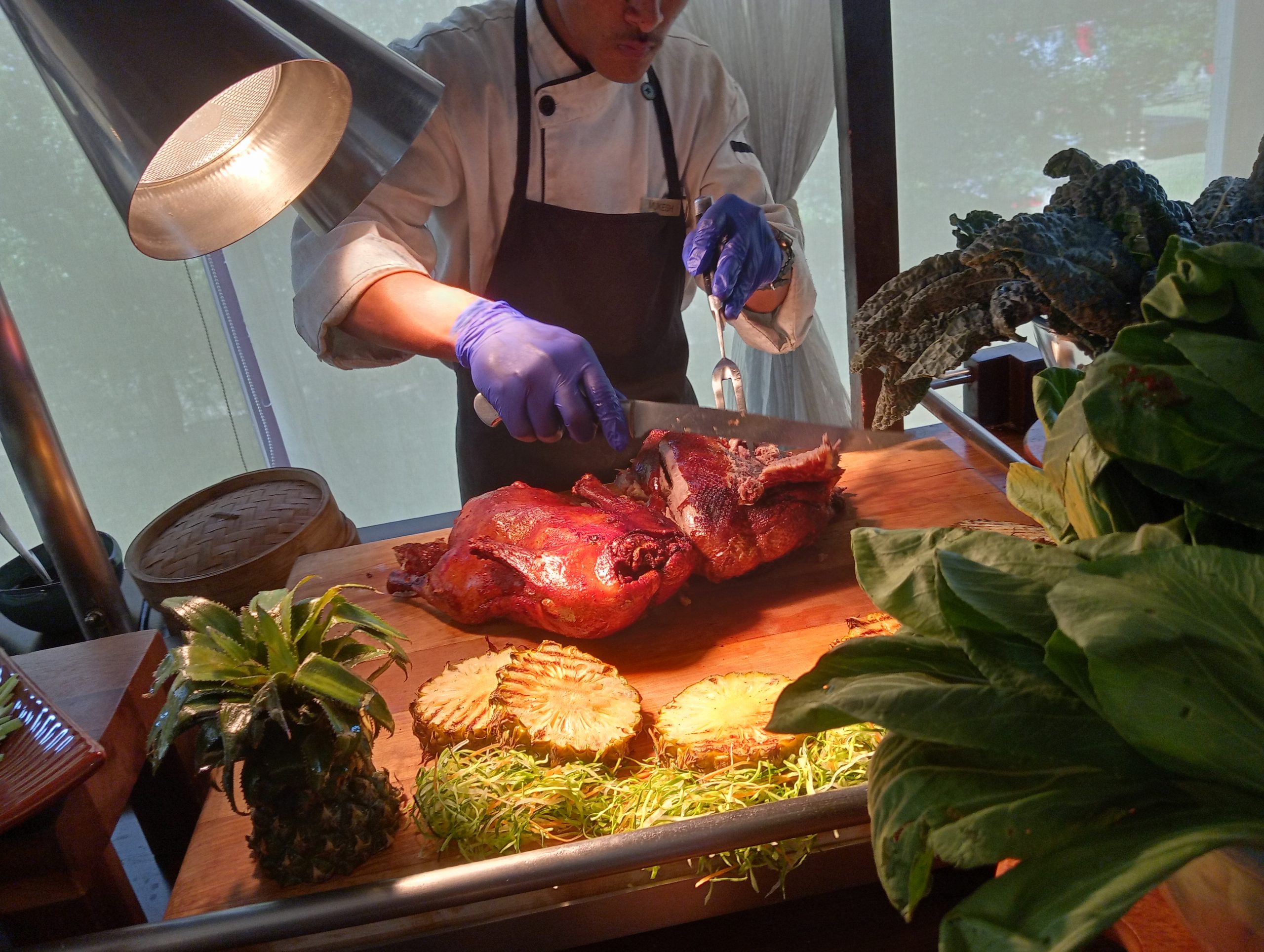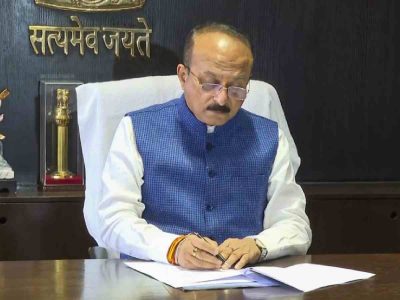The authentic taste of Southeast Asian delicacies is often elusive in the bustling region of Delhi-NCR. Chef Naresh Kharbanda, with his 15 years of expertise in Southeast Asian cuisine, believes in bringing the essence of this culinary world to the palates of Delhiites.
“Attempting authentic South East Asian cuisine in Delhi-NCR comes with its challenges,” the Chef explains. “The strong flavours of ingredients like shrimp paste and fish oil, so ubiquitous in South East Asian cooking, often face resistance here. For example, almost all the countries there use shrimp paste and fish oil in everything. They have little concept of being all-vegetarian. Besides, even those here in Delhi, who are food enthusiasts and are open to meat and fish, are averse to the strong distinctive smell of fermented fish and shrimps,” he said.
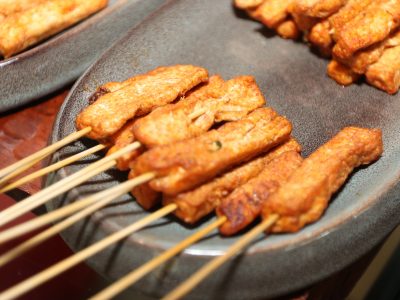
“It’s about striking a balance between authenticity and catering to the preferences of our guests,” he added.
The ‘Asian Fusion Fete’ at Four Points Sheraton, a 10-day culinary extravaganza starting from April 19, aims to bridge this gap by offering a carefully curated menu that caters to the local palate while celebrating the essence of South East Asian cuisine.
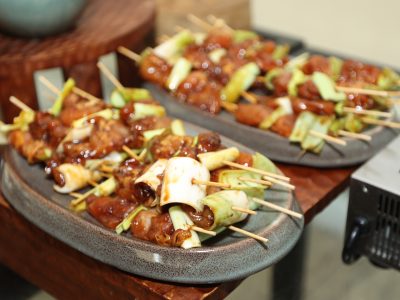
Out of all the well-rounded items, few were strikingly excellent. The Vietnamese soup left a delicious aftertaste that one could savour for hours after the meal. The Peking or Beijing duck, a dish with a history of over 400 years, was glistening on the table, waiting to be thinly cut. As one waited at the counter with anticipation, a server cut it and placed it either directly on their plates or made a thin roll out of it. Every bite was a beautiful combination of crisp, succulence and mild sweet.
In the main course, while all the items were delicious, the pumpkin oil and garlic-flavoured rice was stellar and stood out. The Macha Slice cake was a delightful end to the expansive spread.
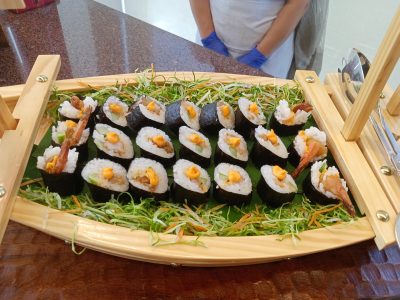
Chef Kharbanda’s meticulous selection of dishes highlights the diversity of South East Asian flavours, from Thai stir-fries to Burmese Khao Suey. “We’ve handpicked dishes from each country to create a cyclic menu,” he shares. “It’s about showcasing the breadth of flavours while ensuring it resonates with the taste buds of our guests.”
“People here often miss out on experiencing a wide array of great food due to their restrictive diet preferences. Introducing them to flavours beyond the typical North Indian cuisine can be quite a challenge,” he said.
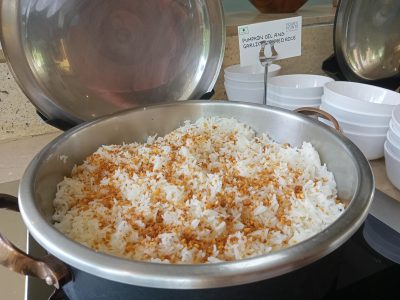
General Manager Shubhankar Jyoti emphasises the festival’s inclusivity, with an equal focus on vegetarian options alongside meat and fish dishes. “We want everyone to savour the rich tapestry of South East Asian cuisine,” he remarks.
Curators Maneesh Srivastava and Vickhram shed light on the rarity of authentic South East Asian dining experiences in Delhi. “Delhiites are often limited to a few popular Asian cuisines, missing out on the true essence of Vietnamese pho or Japanese yakitori,” they explain. “This festival is a step towards expanding culinary horizons and offering a genuine taste of South East Asia.”
“There is hardly any restaurant, barring one, that serves Vietnamese food. People today know Korean cuisine because of pop culture that resultantly led to the sprouting of several such Korean stalls here and there. But the food you get there is far from authentic. It’s the same instant noodles.
Earlier, we have mainly organised different Indian cuisines so this time we thought of diversifying and checking for other forays. Hence we collaborated with Chef Naresh Kharbanda. It is indeed a challenge to get people to actually like this food here. But we must try,” they added.
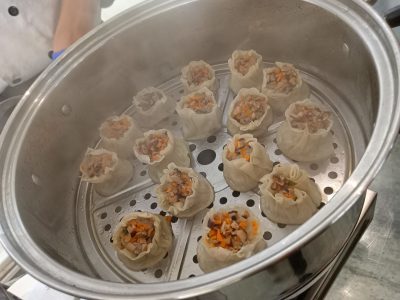
Through innovative twists like pumpkin oil-infused rice and tender lamb Massaman curry, Chef Naresh ensures that each dish reflects the essence of its origin while adapting to local tastes. “To replace fish oil, we’ve innovated with pumpkin oil for our garlic-infused rice, offering a unique twist on traditional Southeast Asian cuisine. t’s about capturing the soul of South East Asian cuisine while ensuring it resonates with the discerning palates of Delhiites,” he concludes.
Discussing how each dish was carefully created, Chef Kharbanda said, “When we talk about Thai cuisine, we tend to limit it to just curries, overlooking the vast variety of stir-fries available. While Burmese cuisine shares similarities with Indian food, we’ve included Khao Suey to offer a distinctive taste.”
“Our menu features six to seven dishes from Malaysia, highlighting the subtle differences between Indonesian and Malaysian cuisine. We’ve also incorporated select soups from Vietnam to provide a diverse culinary experience.”
“The ingredients used in Southeast Asian cuisine, such as cinnamon, cardamom, and star anise, share similarities with those in the Indian Subcontinent. However, they also utilise a variety of flavourful chilies and nuts, adding depth to their dishes.”
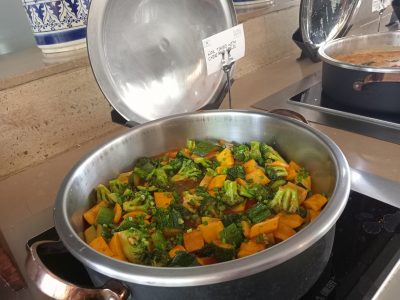
“Replicating the authenticity of Southeast Asian cuisine poses challenges due to variations in the quality of proteins available here. For instance, Beijing duck in China boasts superior fat content, resulting in crispier skin and juicier meat compared to what’s available locally. To make Peking duck, the bird is first washed with glucose for cleaning and hung for 24 hours. We also pump it so that the skin separates from the meat. That is most important.”
“Fresh fish varieties are limited in Delhi-NCR, which presents challenges in creating authentic dishes. Despite this, we strive to make the best use of the fish available to us.”
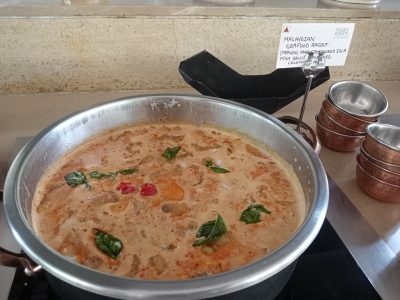
“For our Yakitori grill, we’ve taken inspiration from Japanese cuisine, grilling chicken and leeks and then generously pouring over the sauce. The delicate texture of silken tofu complements the dish perfectly.”
“Our Vietnamese soup features a rich broth made from chicken and seafood stock, infused with coconut and lemongrass leaves for a refreshing flavour. To add a spicy kick, we’ve incorporated sriracha sauce.”
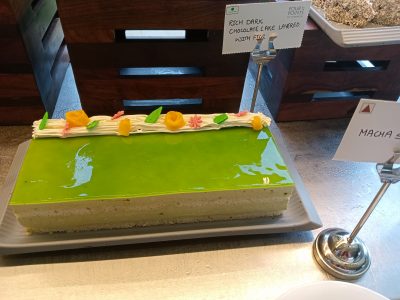
“Similarly, our Lamb Massaman curry undergoes slight modifications to suit local preferences. We’ve added starch using potatoes to achieve the desired consistency while using tender baby lamb for optimal flavour.”

